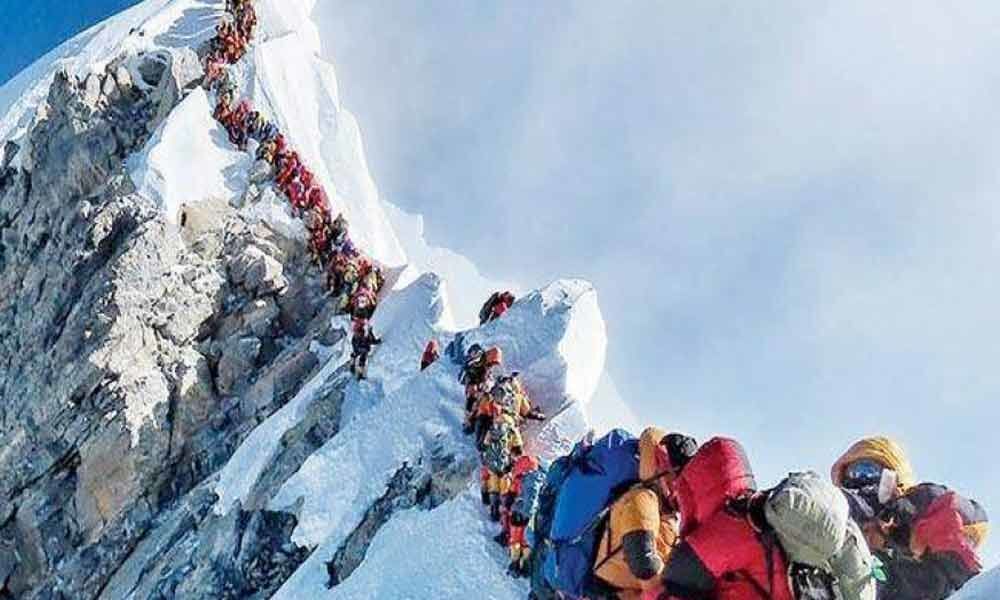Live
- Border-Gavaskar Trophy 2024-25: Abhishek Nayar, Morne Morkel happy with Indian cricket team’s match simulation sessions
- 21 arrests till Monday in Bengal tablet scam: Police
- Satiwiksairaj Rankireddy and Chirag Shetty back in action in China Masters Super 750 tournament
- Congress believes in gaining power through polarisation: Naqvi on Revanth's Muslim quota remark
- Telangana Allocates Rs. 127.65 Crore for Vemulawada Rajarajeswara Temple
- Supreme Court puts on hold order requesting President to decide on Balwant Singh Rajoana’s mercy plea
- Gifts for Dad, Husband, Brother: Men’s Day Edition
- Men’s Day Gift Guide: Timeless Jewellery Pieces from & FNP & Jewelbox to Elevate His Style
- Chaos at Pushpa 2: The Rule Trailer Launch in Patna as Fans Climb Barricades, Police Use Lathi Charge
- Japan sees nationwide temperature drop









